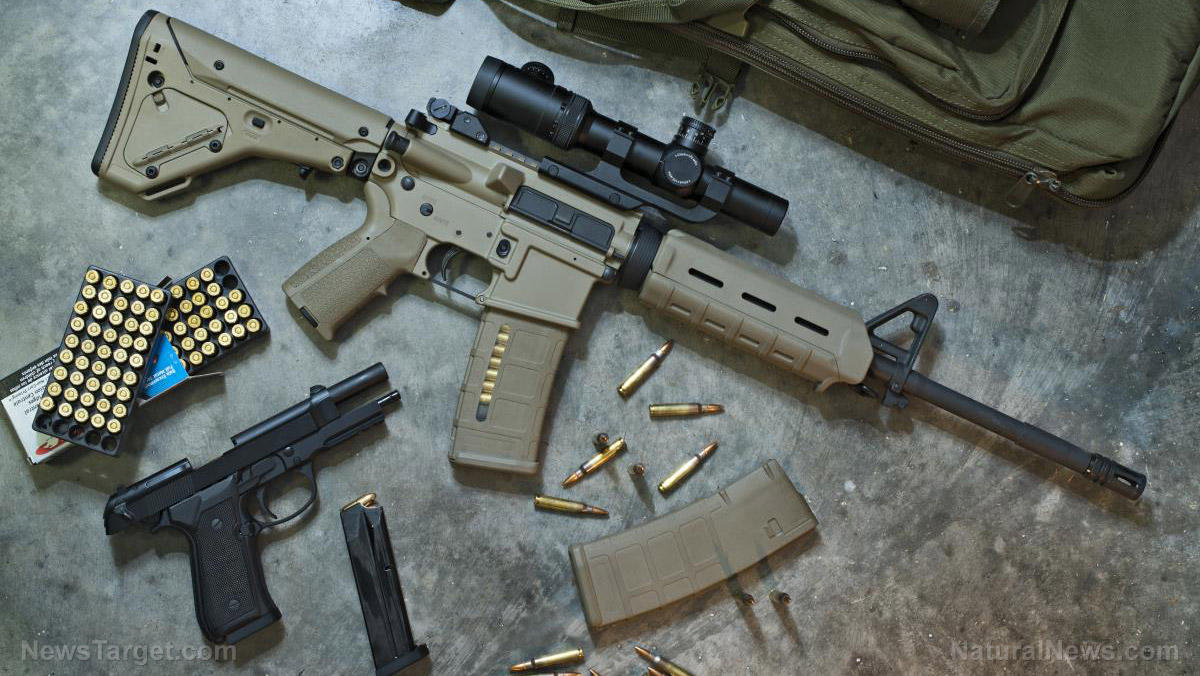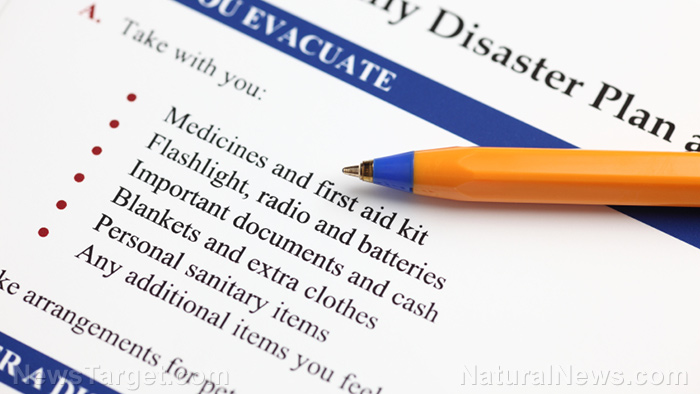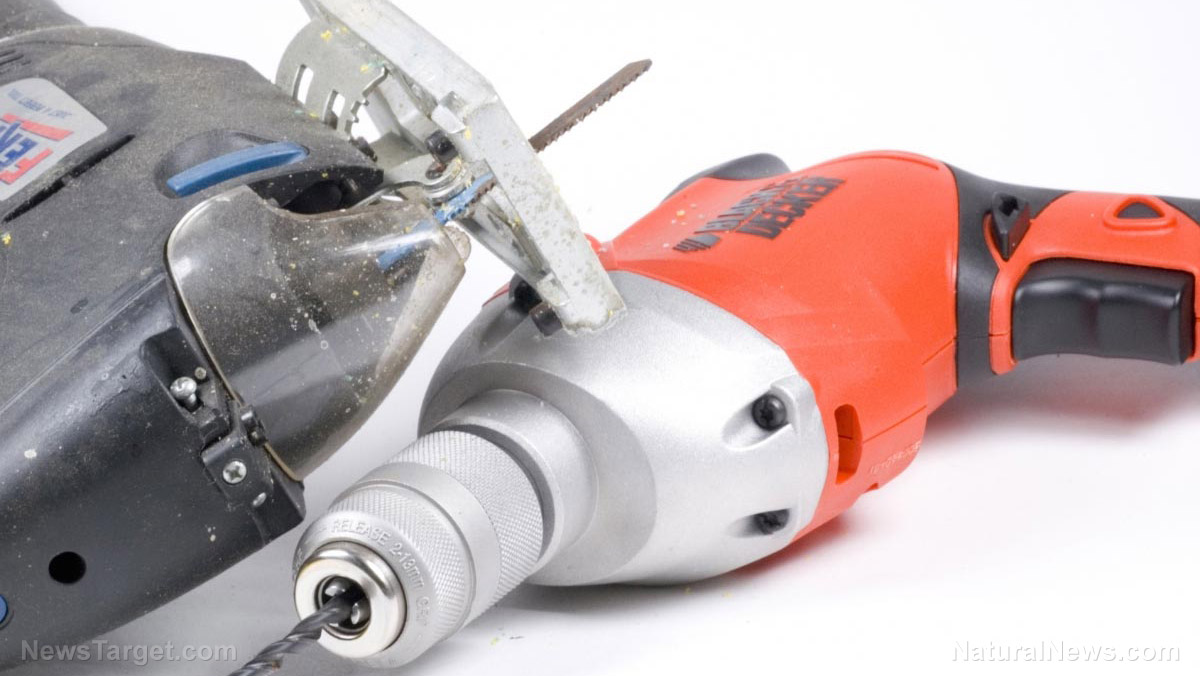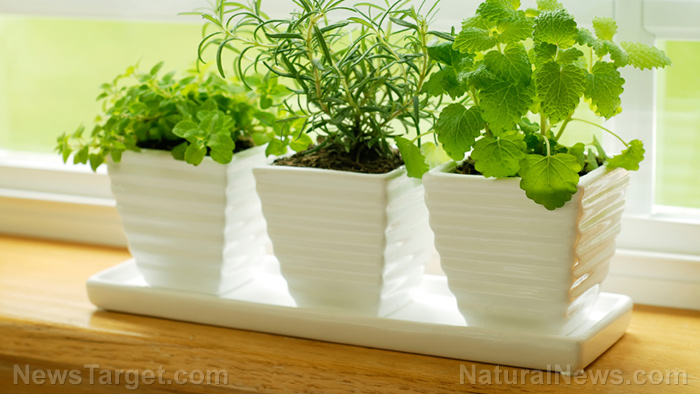The ultimate guide to sharpening a knife
09/27/2019 / By Grace Olson

Knives are commonly found in the kitchen, but their use is not just limited to food preparation. They are essential survival tools, and you can use them for a variety of purposes including cutting ropes, preparing first aid, and self-defense. But a dull knife will not be of any use to you. In fact, it will only increase the chances of accidents since it requires more force to cut. To avoid that, check out this guide for sharpening your knife. (h/t to ModernSurvivalBlog.com)
Knife-sharpening checklist
The tips below will help you sharpen your knives safely.
1. Know your knife.
Firstly, you have to know your knife. Different knives have different kinds of blades, which might require different kinds of whetstone. Find out what type of knife you have, and find out its rough grind angle.
The rough grind angle is the optimum slant for you to sharpen your knife. To do that, check your knife by placing the blade on a flat surface. The indented line along the edge of the knife should be flat against the surface. The rough grind angle ranges from 12-30 degrees. Check with your knife’s manufacturer or packaging to make sure.
2. Secure a whetstone.
Now, consider which whetstone you would like to have. When you are out in the wild, it is more practical to carry a whetstone than a belt-sander. There are different kinds of whetstones, so make sure to choose one which fits your knife and your needs best.
Whetstones are divided into two different groups: naturally occurring stones and man-made stones. Naturally occurring stones include Japanese water stones and Arkansas oil stones. Man-made stones include Crystalon (aluminum oxide), India stones (silicon carbide), diamond hones, and ceramic hones.
Sponsored solution from the Health Ranger Store: The Big Berkey water filter removes almost 100% of all contaminants using only the power of gravity (no electricity needed, works completely off-grid). Widely consider the ultimate "survival" water filter, the Big Berkey is made of stainless steel and has been laboratory verified for high-efficiency removal of heavy metals by CWC Labs, with tests personally conducted by Mike Adams. Explore more here.
3. Buy a sharpening guide.
Sharpening with a whetstone is 10 percent tools and 90 percent skill. The key to successfully sharpening your knife is gliding it up and down the whetstone in a consistent angle. You can sharpen your knife without the guide, but a guide will simply make the process a lot easier. Depending on what kind of guide you consider buying, adjust the sharpening guide to your knife’s rough grind angle.
How to sharpen a knife
Steps and tips for sharpening your knife include:
1. Lubricate your whetstone.
Whetstones are grouped into water stones and oil stones. Japanese water stones, for example, must be submerged under water first to remove the air. Other stones, like the India and Arkansas stones, should be lubricated with oil. Oil stones hold their flatness better than water stones, but they will have to be cleaned more often. The primary rule is that if you have already applied oil on a whetstone, you can no longer use water on it. There are also whetstones that no longer require lubrication, but make sure to confirm with the manufacturer first.
2. Glide the blade up and down the stone.
Brush the knife up and down at its rough grind angle on the coarser part of the whetstone. It is supposed to feel similar to a circular motion. If it does, continue until the knife becomes sharper. You know you are doing it properly if there are metal shavings and burrs on the whetstone. Make sure to remove these and continue sharpening your blade.
3. Don’t forget the back of the blade.
Also sharpen the back of your blade. This will make your knife more durable and increase its cutting capacity.
4. Flip the whetstone and finish the blade.
Turn over the whetstone to its finer side, and continue gliding it up and down. This will ensure that your knife will not have any bumps which might present problems in the future.
5. Test sharpness of the blade.
Do the paper test. Raise a piece of paper and try to cut it with your knife. If its cuts easily, your blade is ready for the next step. If not, it may need a few more rounds on the whetstone.
6. Strop your knife.
Get a leather strap and drag the edge backward across it. This will help remove the remaining imperfections of the blade, and make your knife significantly sharper.
Other methods that you can use
There are other ways to sharpen your knife when you don’t have a whetstone.
Knife-sharpening rods
Knife-sharpening rods are also quite popular for sharpening knives. There are different types, such as the diamond rod, which is used for damaged blades; and the ceramic rod, which is used on blades that just need freshening up. The last type is the honing rod, which is the most popular and accessible. Rods are great sharpening tools as it is only the knife’s edge that touches the rod, keeping the rest of the blade away from the device.
Survival mode
- Sharpen your knife using sandpaper and a flat surface.
- Use the edge of the car window. It is coarse enough to sharpen your knife.
- If you are near a river, look for river rocks that are eroded and smooth. Choose the flattest one to sharpen your knife with.
- Ceramics have been used for hundreds of years to sharpen weapons and blades. You can find them in the unglazed sides of a flower pot or inside the toilet tank or lid.
- When you have no more options, you may sharpen your knife on concrete.
Taking care of your survival tools ensures that they will get the job done when you need them. Learn more tips on maintaining your gear at SurvivalGear.news.
Sources include:
Tagged Under: Blade, bug out, Gear, Guide, how-to, Knives, off grid, preparedness, prepper, prepping, rods, self-defense, sharpening knives, survival, survival skills, Survival Tips, survivalist, tools, whetstone, wilderness survival
RECENT NEWS & ARTICLES
COPYRIGHT © 2017 · SURVIVAL NEWS


















